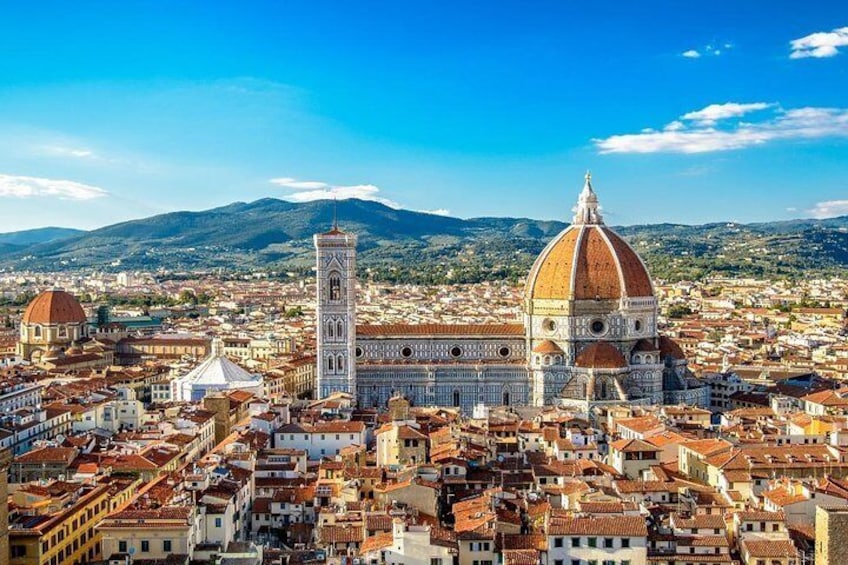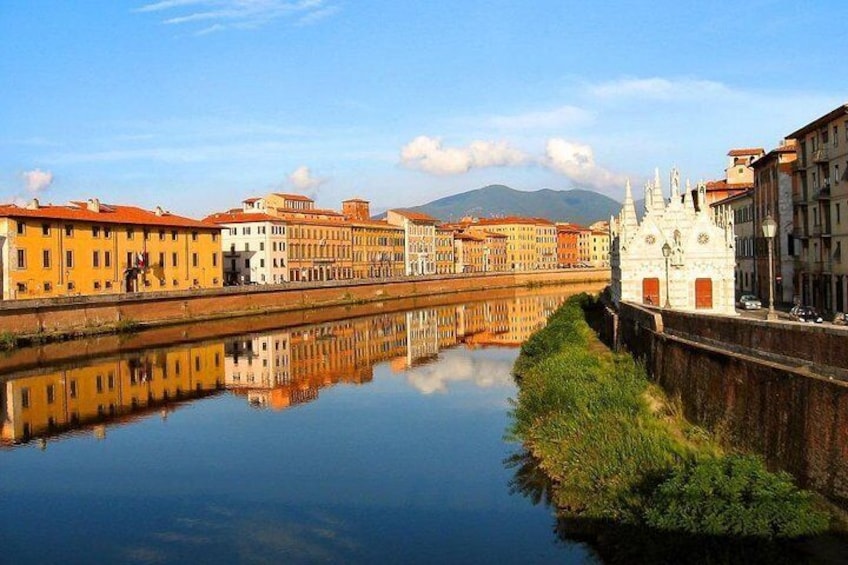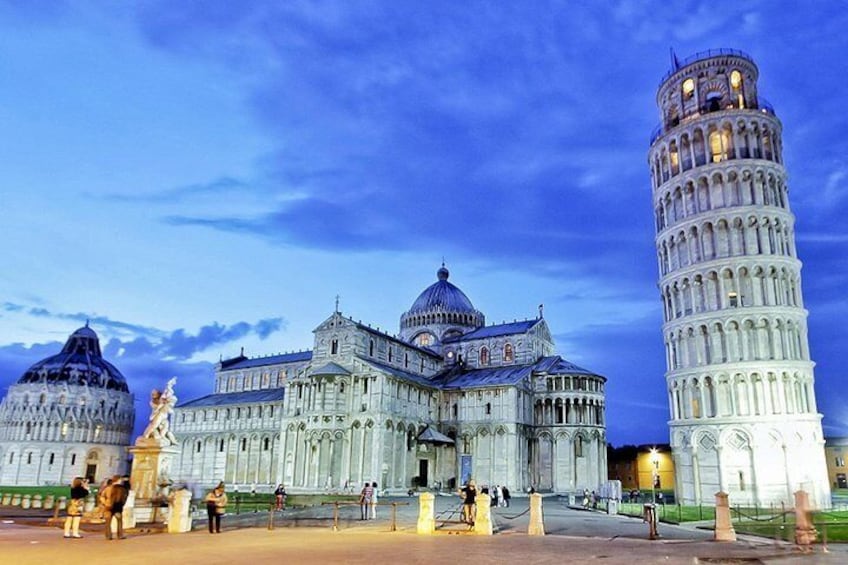




Livorno Shore Excursion: Pisa and Florence Private Day Trip
By Prestige Rent
9.4/10
9.4 out of 10Free cancellation available
Features
Overview
Activity location
Meeting/Redemption Point
Check availability
Tour with driver only
Pisa and Florence private day trip with English-speaking driver. (NO ENTRANCE FEES AND LICENSED GUIDE)
Pickup included
Price details
S$1,185.55 x 1 AdultS$1,185.55
Total
Until Tue, 12 Nov
Tour, Driver & Guide Accademia
Pisa & Florence private day trip with driver + guide for 3 hours in Florence + skip-the-line entry to the Accademia gallery
Pickup included
Price details
S$1,877.12 x 1 AdultS$1,877.12
Total
Until Tue, 12 Nov
Tour, Driver & Guide Uffizi
Pisa & Florence private day trip with driver plus guide in Florence for 3 hours and skip-the-line entry to the Uffizi gallery
Pickup included
Price details
S$1,896.62 x 1 AdultS$1,896.62
Total
Until Tue, 12 Nov
What's included, what's not
Know before you book
- Wheelchair accessible
- Infants and small children can ride in a pram or stroller
- Public transport options are available nearby
- Specialised infant seats are available
- Transport options are wheelchair accessible
- All areas and surfaces are wheelchair accessible
- Suitable for all physical fitness levels
- If you require wheelchair access, please request at time of booking. Only foldable wheelchair are allowed
- Baby seats are mandatory for infants, please request at time of booking
- A dress code is required to enter places of worship and selected museums. No shorts or sleeveless tops allowed. Knees and shoulders MUST be covered for both men and women. You may risk refused entry if you fail to comply with these dress requirements
- IMPORTANT: Accademia Gallery and Uffizi Museum, are NOT AVAILABLE on Mon and the first Sun of the month. You can upgrade your tour to include 3-hour private guide in Florence + timed entrance fees for Accademia or Uffizi, ONLY IF OPTION AVAILABLE AND BOOKED.
Activity itinerary
Location
Activity location
Meeting/Redemption Point
Best Deals on Things to Do
Experience the wonders of the world up close with great deals on things to do near and far. Expedia offers one-of-a-kind activities that allow you to explore Pisa your way. Whether you love nature, culture, food or a bit of adventure, we have the perfect activity for you.
Top experiences in Pisa
With so many things to do in Pisa, planning the perfect day out may seem like a daunting task. Expedia is here to take the hassle out of finding the best attractions, tours and activities in Pisa. Families, couples and business travellers can all find the perfect activity in Pisa to create life-long memories with the help of Expedia.